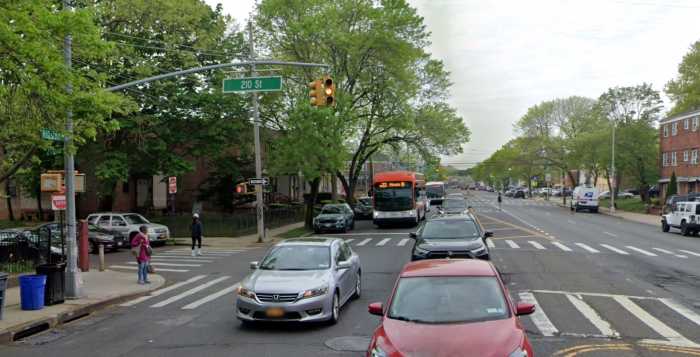Do you know the differences between normal changes in vision with age and abnormal changes in vision due to age-related eye disease?
Open your eyes to the facts.
Despite what most people think, vision loss is not a normal part of aging. Everyone experiences some vision changes due to normal aging; these include difficulty focusing on near tasks like reading, difficulty distinguishing colors and contrast, and the need for more light. However, some vision problems are more serious and are not correctable with medicine, surgery or conventional eyeglasses.
More than a quarter (26 percent) of Americans 75 years of age and older report some form of vision impairment (representing 4.3 million persons) typically as a result of common age-related eye diseases such as macular degeneration and glaucoma. Lighthouse International advises older adults to have regular eye exams to determine if they are experiencing normal vision changes that could be corrected with a new eyeglass prescription or better lighting or if they have a serious vision problem.
The following tips for recognizing the signs of the most common vision impairments among older adults were developed by Lighthouse International from research funded by the AARP Andrus Foundation and supplemental funding from the National Eye Institute.
According to Cynthia Stuen, DSW, Senior Vice President for Education at Lighthouse International, it is important to:
• See your eye doctor if you have a need for more light and a gradual, spotty loss of detail vision (dry macular degeneration) or a sudden and severe loss of central vision (wet macular degeneration). These may be the warning signs of macular degeneration.
• See your doctor if your vision seems hazy, you are having trouble distinguishing colors, have an increased sensitivity to glare, and/or light scatters and appears like a “halo.” These may be the warning signs of a cataract.
• See your doctor if you are experiencing a subtle loss of contrast, difficulty driving at night, and/or loss of peripheral vision (late stage glaucoma). These may be may be the warning signs of glaucoma.
Stuen advises, “If you are an older person, be sure to see your ophthalmologist or optometrist at least once a year. And, if you notice any changes in your vision, see your eye doctor immediately.”
If you or anyone you know would like a free copy of a new brochure called, “Vision Loss is Not a Normal Part of Aging — Open Your Eyes to the Facts,” as well as information on vision loss and how to locate vision rehabilitation services and other professional referrals in your area, call Lighthouse International's toll-free number at 1-800-829-0500 or visit the Web site at www.lighthouse.org. This booklet and other awareness materials are made possible by a grant from the AARP Andrus Foundation.
Vision rehabilitation professionals, including low vision doctors, social workers, rehabilitation teachers, and orientation and mobility instructors, provide individualized instruction and guidance to achieve your personal goals. They work with people who are blind or partially sighted, as well as with family and friends, to improve the overall quality of life.
Lighthouse International is a leading resource worldwide on vision impairment and vision rehabilitation. Through its pioneering work in vision rehabilitation services, education, research, prevention and advocacy, Lighthouse International enables people of all ages who are blind or partially sighted to lead independent and productive lives. Founded in 1905 and headquartered in Manhattan and with facilities is Long Island City, Lighthouse International is a not-for-profit organization, and depends on the support and generosity of individuals, foundations and corporations.


































